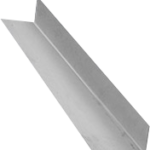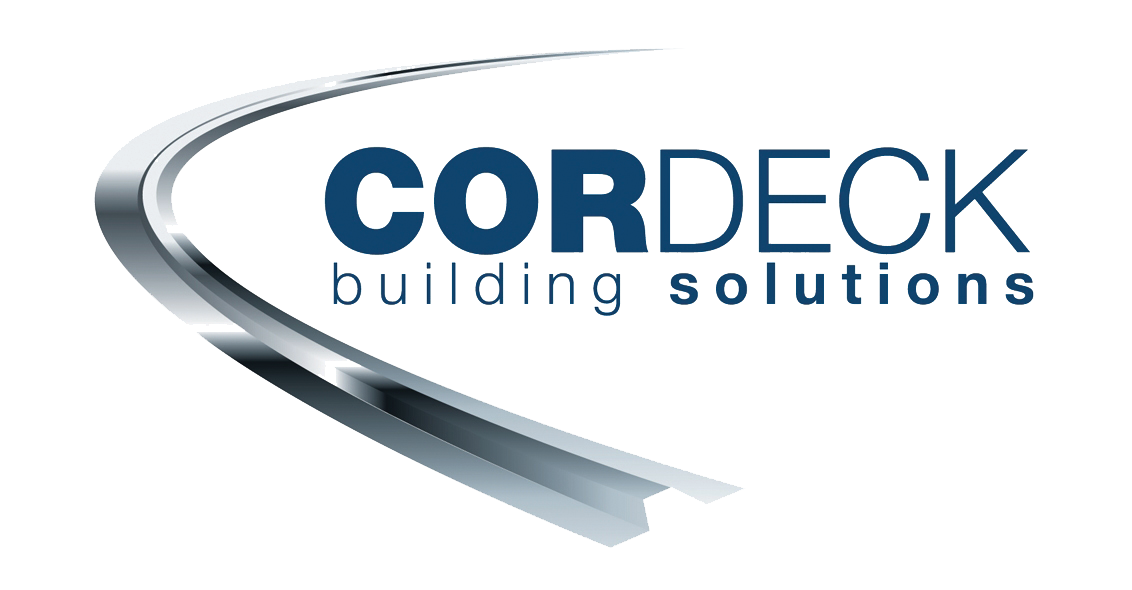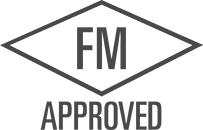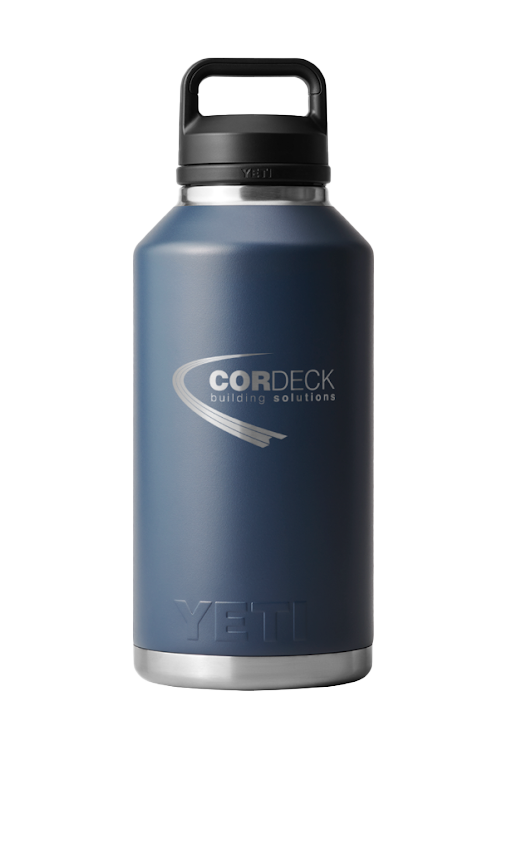Metal decking is a popular choice in construction for its durability, versatility, and cost-effectiveness. When working with metal deck systems, it’s crucial to pay attention to details that enhance performance and longevity. One such detail is the proper use of end closures. In this guide, we’ll explore why end closures are important and how to effectively implement them in your metal deck construction projects.

Understanding the Role of End Closures:
- Moisture Management:
Metal decks are often exposed to the elements, making them susceptible to moisture infiltration. End closures act as a barrier, preventing water from seeping into the ends of the metal deck. This is especially important for decks located in areas with high rainfall or humidity. - Preventing Corrosion:
Corrosion is a common concern with metal structures. By sealing the ends of metal decks with closures, you create a protective barrier that reduces the risk of corrosion caused by moisture, preventing long-term damage and preserving the integrity of the structure. - Enhancing Thermal Performance:
Properly installed end closures contribute to improved thermal efficiency by minimizing air leakage. This is particularly significant in structures where temperature control is essential, as it helps maintain a comfortable interior environment and reduces energy consumption.
Choosing the Right End Closure Material:
- EPDM (Ethylene Propylene Diene Monomer) Rubber:
EPDM rubber closures are a popular choice for their weather resistance and flexibility. They provide an effective seal against moisture and are durable, ensuring a long lifespan for your metal deck. - Foam Tape:
Foam tape closures are easy to install and offer excellent insulation. They come in various thicknesses, allowing you to choose the right level of insulation for your specific project. Additionally, foam tape is resistant to moisture and helps create an airtight seal. - Metal End Caps:
Metal end caps provide a sturdy and long-lasting solution for sealing metal deck ends. They are often made from the same material as the deck itself, ensuring compatibility and a seamless appearance.
Installation Steps:
- Clean the Ends:
Before installing end closures, ensure that the ends of the metal deck are clean and free from debris. This promotes better adhesion and ensures a secure seal. - Apply Sealant:
Depending on the chosen closure material, apply a suitable sealant to the ends of the metal deck. Ensure complete coverage to prevent any gaps that could compromise the effectiveness of the closure. - Secure the Closure:
Install the end closures securely, following the manufacturer’s guidelines. This may involve fastening metal end caps or applying pressure to ensure proper adhesion for rubber or foam closures. - Inspect and Maintain:
Periodically inspect the end closures for signs of wear, damage, or deterioration. Replace any damaged closures promptly to maintain the protective barrier and prolong the life of the metal deck.
Incorporating end closures into your metal deck construction projects is a small detail that can make a big difference in the overall performance and longevity of the structure. By understanding the role of end closures, choosing the right materials, and following proper installation steps, you can ensure that your metal deck stands the test of time, resisting moisture, corrosion, and thermal inefficiencies. Mastering the art of end closures is a valuable skill for any builder or contractor working with metal deck systems.
For more information on high-quality corrugated steel deck products and accessories, call us at 262-857-6400 or get a quote online.




